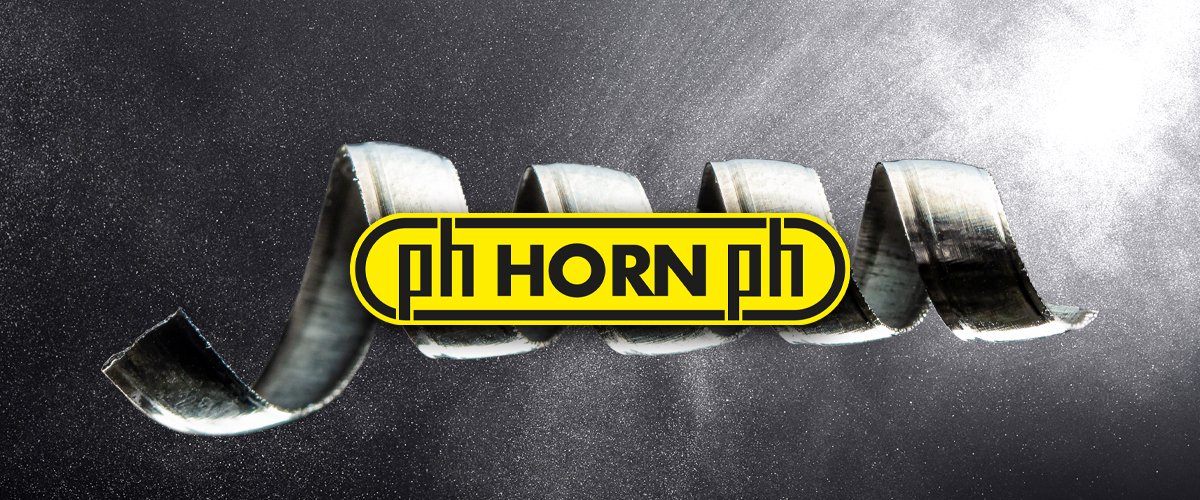Philipp Dahlhaus about PCD

Mr Dahlhaus, what exactly is PCD (Polycrystalline diamond) in the context of precision tools?
PCD is a synthetically made substrate in which diamonds are sintered as grains in a metal matrix. It is produced by high-pressure, high-temperature synthesis or by high-pressure liquid phase sintering. With around 90 per cent diamond content and diamond grains between 0.5 (0.00002") and 30 µm (0.0012"), the tough, wear-resistant PCD cutting edges provide very high tool life when used for machining non-ferrous materials. Cutting speeds of up to 4,000 m/min (13,123.36 ft/min) can be achieved with ease under the right conditions. The metallic binder phase imbues a certain degree of toughness, which is advantageous in challenging applications. The various PCD substrates with custom-ground cutting edges are tailor-made to suit the required profiles.
Where are PCD tools used?
The areas of application are extremely varied, but most are related to the machining of aluminium with a high silicon content. The option to include chipbreaker geometries with laser technology makes the cutters ideal for machining lead-free or low-lead non-ferrous metals that can be very long-chipping. Carbide green compacts, GFR and CFR composite materials and plastics are also areas of application where PCD is used for turning, milling and drilling.
Do you have an example of a specific application?
Machining aluminium wheels is a good example. The PCD cutting edges achieve very high levels of surface quality and are an effective way to stop built-up edges from forming thanks to the diamond material’s low coefficient of friction. In addition, PCD offers a 20-times greater service life than carbide thanks to its high level of wear resistance. The process reliability is therefore greater over a longer period and the frequency of tool replacement can be reduced. HORN has expanded its drilling product range with PCD step drills and is also providing impressive evidence of the performance that can be achieved with PCD tools.




